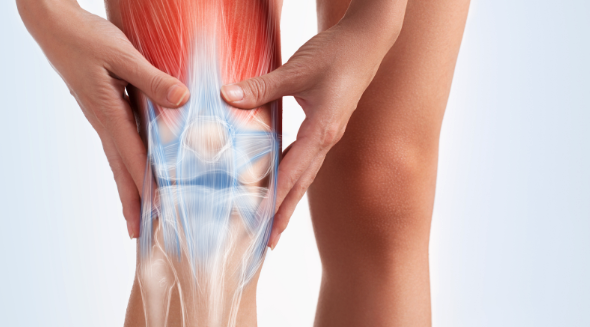Natural alternatives to surgery for knee, hip, and shoulder pain
Joint replacement surgery can be life-changing—but it’s not the right solution for everyone. Whether you’re concerned about the recovery time, surgical risks, or simply want to explore natural options first, there are powerful regenerative treatments that may help you avoid or delay joint replacement altogether.
Stem cells, Wharton’s Jelly, and Platelet-Rich Plasma (PRP) injections are cutting-edge, non-surgical solutions that promote healing, reduce inflammation, and restore function in damaged joints.
Why Avoid Joint Replacement?
While joint replacement has high success rates, it also comes with:
•Invasive surgery
•Long recovery time and physical therapy
•Risk of infection, blood clots, and prosthesis failure
•A permanent implant that may need revision later
For many patients with mild to moderate joint damage, there’s a better first step: regenerative medicine.
What Is Regenerative Medicine?
Regenerative medicine uses your body’s natural healing abilities—or biological materials derived from healthy sources—to repair and restore damaged tissue. It focuses on healing rather than replacing tissue.
In the context of joint pain, regenerative treatments aim to:
•Reduce inflammation
•Stimulate cartilage and soft tissue repair
•Alleviate pain
•Improve joint mobility
Key Regenerative Options to Avoid Joint Replacement
Wharton’s Jelly Injections
Wharton’s Jelly, derived from the umbilical cord, is rich in:
•Growth factors
•Cytokines
•Hyaluronic acid
•Extracellular matrix proteins
These components promote tissue repair and regeneration, reduce inflammation, and support joint lubrication. It is commonly injected into the knee, hip, shoulder, or even spinal joints under ultrasound guidance.
Ethically sourced and processed in FDA-compliant labs, Wharton’s Jelly is cell-free—meaning it uses signaling molecules, not live stem cells, for safety and consistency.
Platelet-Rich Plasma (PRP) Injections
PRP is made by drawing a small sample of your blood, spinning it in a centrifuge, and isolating the platelet-rich portion, which is injected into the affected joint. Platelets release growth factors that:
•Accelerate healing
•Reduce joint pain
•Promote repair of soft tissue and cartilage
PRP is completely autologous (from your own body), reducing any risk of rejection or allergic reaction.
Stem Cell Therapy
Stem cells—either from your bone marrow or adipose (fat) tissue—can differentiate into cartilage and connective tissue cells. Injected directly into a damaged joint, they can:
•Modulate inflammation
•Aid in cartilage regeneration
•Support long-term joint health
Stem cell therapy is often used in conjunction with PRP or Wharton’s Jelly to enhance results.
When Is It Time to Consider These Options?
You may be a candidate for regenerative joint injections if you have:
•Mild to moderate arthritis
•Degenerative joint disease
•Meniscal or labral injuries
•Tendon or ligament damage
•Joint pain that’s limiting your lifestyle but not yet severe enough for surgery
These treatments are especially valuable if you’re trying to stay active, avoid medications, or delay surgery while still preserving joint function.
Why Choose a Pain Management or Regenerative Medicine Specialist?
Regenerative injections require precise placement using ultrasound or fluoroscopic guidance. A board-certified pain management physician or regenerative specialist has the training to:
•Identify the root cause of your pain
•Perform image-guided procedures safely
•Customize a treatment plan based on your condition and goals
Get Back to Living Without Surgery
You don’t have to wait until joint replacement is your only option. Regenerative medicine is helping patients delay surgery—or avoid it altogether—by healing joints from the inside out.
Ready to explore a better way to manage your joint pain?
Schedule your consultation with us today.

